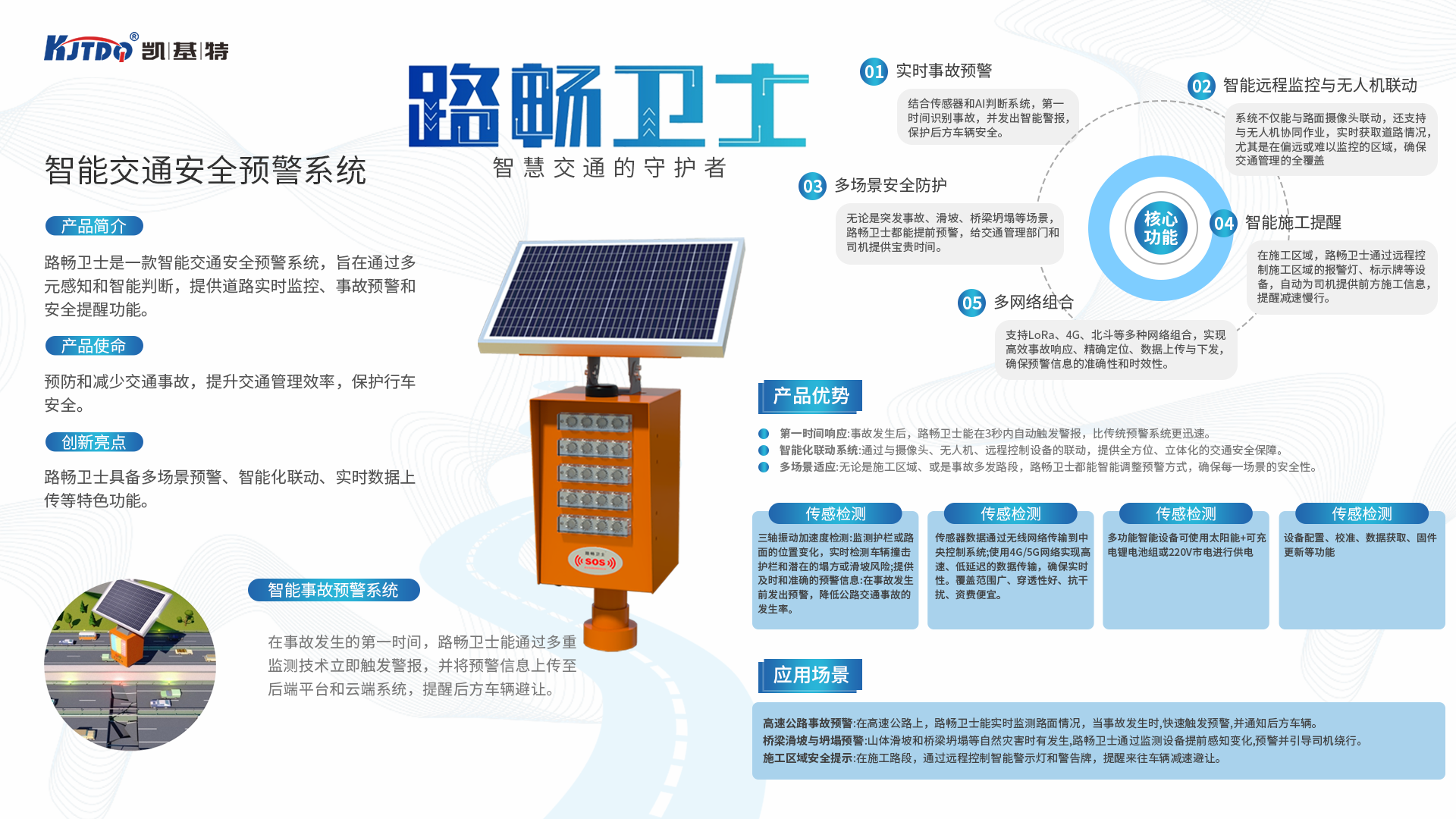Высокоточный датчик приближения
- time:2024-12-10 01:39:56
- Нажмите:0

High Precision Proximity Sensor: Revolutionizing Distance Measurement
In an era where accuracy and precision are paramount, the high precision proximity sensor stands as a testament to technological advancement. These sophisticated devices have transformed the landscape of distance measurement across various industries, from automotive to manufacturing, healthcare to robotics.
What exactly is a high precision proximity sensor? At its core, it’s an advanced electronic device designed to detect the presence, distance, or position of objects without physical contact. By emitting energy waves—such as infrared, ultrasonic, capacitive, or inductive signals—and measuring their reflection back, these sensors can gauge distances with remarkable accuracy. The term “high precision” signifies that these sensors can measure minute variations in distance, often down to micrometers, making them indispensable for applications requiring stringent tolerances.
One of the key strengths of high precision proximity sensors lies in their versatility. They come in various types tailored to specific requirements:
- Inductive Sensors: Ideal for metallic objects, they operate based on electromagnetic fields, generating a magnetic field that alters upon object proximity.
- Capacitive Sensors: Suitable for non-metallic materials, these use changes in an electrical field caused by the object’s presence to detect distance.
- Photoelectric Sensors: Utilizing light beams, they detect objects by interrupting or reflecting the light.
- Ultrasonic Sensors: Emitting sound waves above human hearing range, these sensors calculate distance based on the time it takes for echoes to return.
Each type has its unique advantages, allowing it to be selected based on the target material, environment, and required precision.
The benefits of incorporating high precision proximity sensors extend beyond mere accuracy. Their non-contact nature minimizes wear and tear, enhancing longevity and reducing maintenance costs. Additionally, these sensors offer rapid response times, crucial for real-time monitoring and control systems. In automation, for instance, they ensure seamless operation by precisely guiding machines, aligning components, or regulating flow rates.
Industrial applications showcase the transformative power of these sensors. In CNC machinery, they maintain strict tool-to-workpiece distances during milling or turning operations. In packaging lines, they verify product placement before sealing, ensuring quality control. Even in harsh environments like oil rigs or chemical plants, rugged models withstand extreme conditions while delivering precise measurements.
Healthcare also reaps rewards from this technology. Surgical instruments utilize proximity sensors for minimally invasive procedures, enhancing surgeon control and patient safety. Rehabilitation equipment incorporates them to monitor movement patterns and progress accurately.
As we move forward, the integration of artificial intelligence and machine learning algorithms with high precision proximity sensors promises even greater capabilities. Predictive maintenance in industrial settings, autonomous navigation for robots, and smart home systems that adapt to occupant needs are just a few examples of how these sensors will shape our future.
In conclusion, the high precision proximity sensor represents a pinnacle of achievement in sensing technology. Its ability to meticulously measure distances with unparalleled accuracy opens doors to innovation across diverse sectors. As research continues and new applications emerge, one thing is certain: the era of precise, non-contact measurement is here to stay, driving efficiency, safety, and progress in equal measure.
















